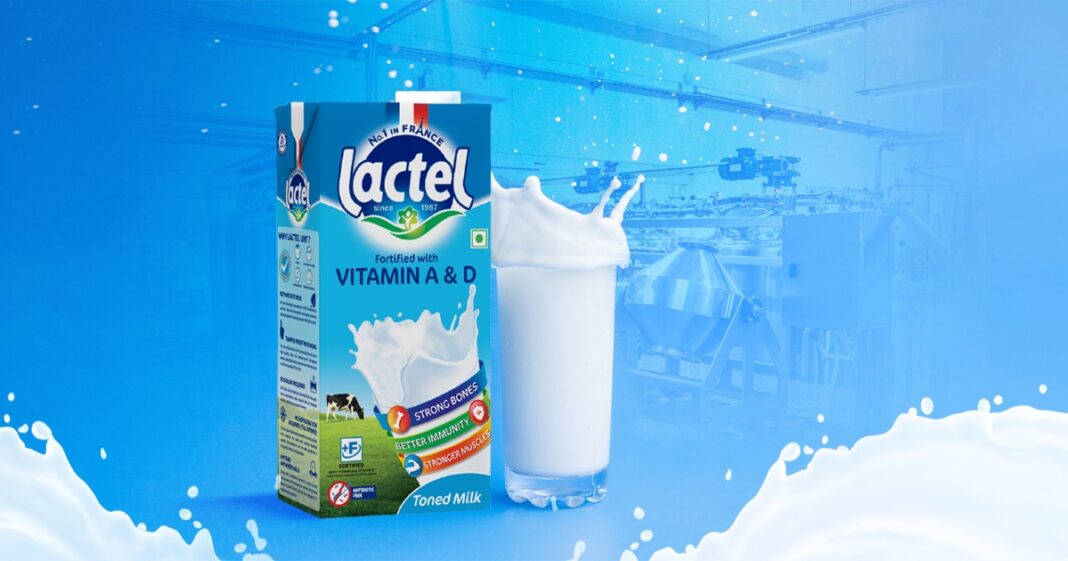Milk and milk products have been a part of our diet for centuries. However, it is important to ensure that these products are not only nutritious but also safe for consumption. One of the key ways to achieve this is through the process of pasteurization. The milk you get in stores is pasteurized milk.
Pasteurization is a process that involves heating milk and milk products to a specific temperature for a specific period of time. This kills harmful bacteria and other microorganisms that can cause illness or spoilage. The process was named after Louis Pasteur, who first discovered the importance of heat treatment for eliminating bacteria in milk in the 1860s.
At Lactel, we are committed to providing our customers with high-quality milk and milk products that are both safe and delicious. That’s why we pasteurize all of our products using the latest technologies and adhere to the strictest food safety standards. You will get nutritious pasteurized milk from us.
Why Pasteurization is Essential for Milk and Milk Products?
Milk and milk products can be a breeding ground for harmful bacteria such as Salmonella, Listeria, and E. coli. These bacteria can cause serious illness and even death, especially in vulnerable populations such as infants, pregnant women, and the elderly.
Pasteurization is essential to eliminate these harmful bacteria and other microorganisms that can cause spoilage. It is also crucial to extend the shelf life of milk and milk products, making them safer and more convenient for consumption. Therefore pasteurized milk is safe to consume and has a longer shelf life.
Different Methods of Pasteurization
There are several methods of pasteurization used in the dairy industry for pasteurizing milk. The most common methods include:
-
High-Temperature Short-Time (HTST) Pasteurization:
This method involves heating the milk to a temperature of at least 161°F for 15 seconds. It is the most commonly used method in the country.
-
Ultra-High-Temperature (UHT) Pasteurization:
This method involves heating the milk to a temperature of at least 280°F for 2 seconds. It is commonly used for products that have a longer shelf life, such as boxed milk, cream, and condensed milk.
-
Low-Temperature Long-Time (LTLT) Pasteurization:
This method involves heating the milk to a temperature of at least 145°F for 30 minutes. It is not commonly used due to its long processing time and increased chances of flavour changes.
In conclusion, pasteurization is a crucial process for ensuring the safety, quality, and taste of milk and milk products. At Lactel, we take pride in our commitment to pasteurization and food safety, and we are dedicated to providing our customers with the highest-quality pasteurized milk.



